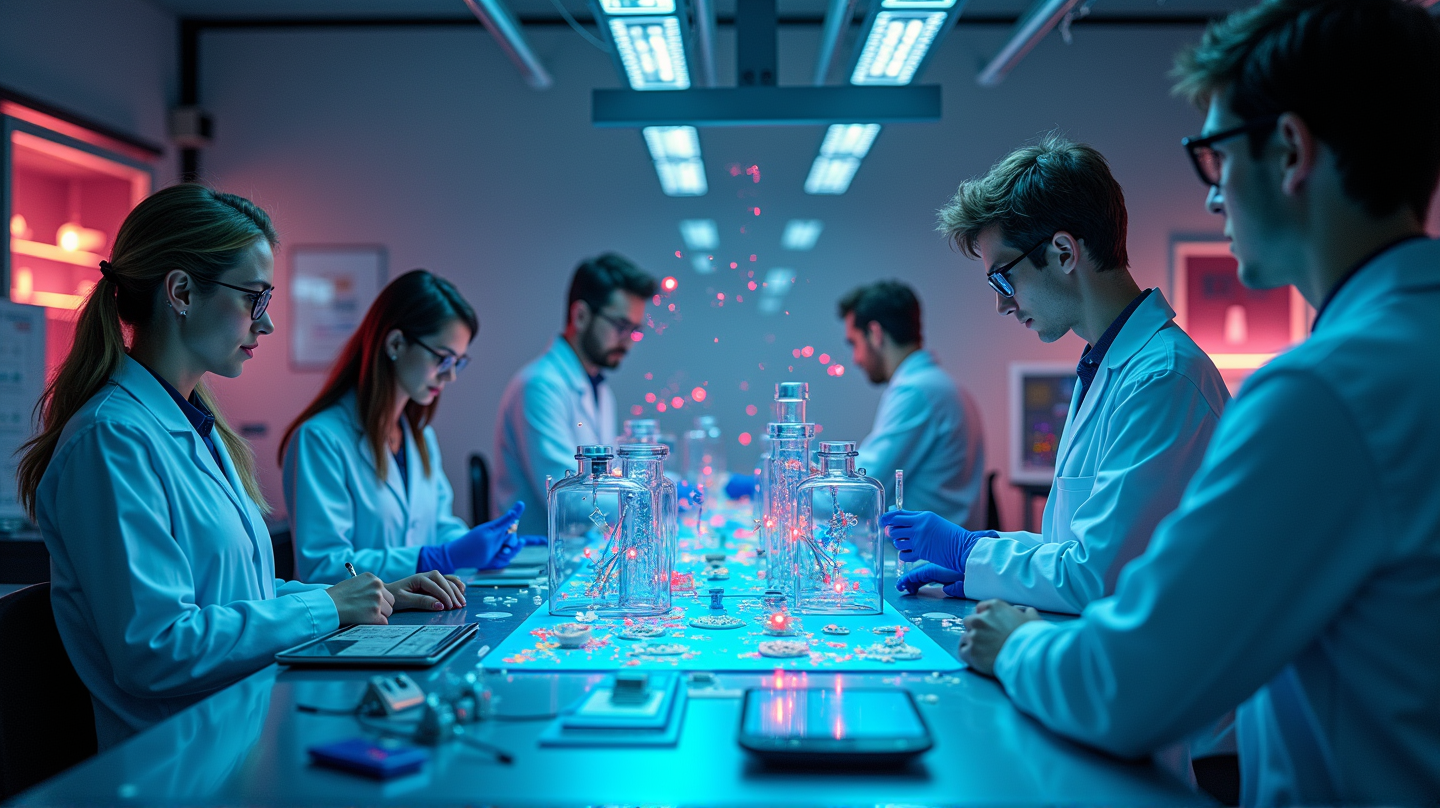Antibody purification is a vital process in discovering groundbreaking research and therapeutic applications. As outlined in various studies, purification involves isolating antibodies from complex mixtures to attain the purity needed for precise scientific and medical use. A successful approach balances antibody purity with yield, a crucial aspect affecting both research outcomes and drug efficacy. According to Technology Networks, technological advances promise an exciting horizon for purification methods, enhancing both efficiency and accessibility.
The Necessity of Antibody Purification
Antibodies, produced either naturally or synthetically, play a crucial role in our immune defense system. They are increasingly significant in applications such as cancer therapies, autoimmune disorder treatments, and infectious disease management. Nevertheless, isolating pure antibodies is essential, as contaminants can interfere with scientific experiments, provoke immune reactions in patients, and reduce the effectiveness of therapies.
Monoclonal vs. Polyclonal Antibody Challenges
Two primary forms of antibodies require distinct purification approaches—monoclonal and polyclonal. Monoclonal antibodies (mAbs), generated from identical immune cells, come with a homogeneous structure, presenting simpler purification scenarios. On the contrary, polyclonal antibodies, sourced typically from animals, present a mix of different antibodies binding various antigens. Their diverse nature complicates purification, requiring more meticulous method selection and multiple stages.
Exploring Key Purification Methods
Outlined are several prominent techniques to separate antibodies from undesired protein complexes:
- Affinity Chromatography: Touted as a gold standard, this method exploits antibodies’ specific affinity for ligands, using protein A and protein G for IgG antibodies.
- Ion Exchange Chromatography: By leveraging charge differences between molecules, this method effectively polishes antibody purity, often as a second step following affinity methods.
- Size Exclusion Chromatography (SEC): Employed primarily to remove aggregates post-initial purification, it excels in protecting antibody integrity and preserving functionality.
Purification for Different Antibody Isotypes
Different isotypes like IgG and IgM present unique purification challenges. While IgG frequently uses affinity chromatography methods due to its predictable structure, IgM’s larger and more complex form necessitates customized approaches, such as SEC or alternative affinity ligands.
Cutting-edge Applications and Trends
Purified antibodies are revolutionizing fields such as therapeutic solutions, offering targeted cancer treatments with minimized side effects and enhanced diagnostic assays for elevated sensitivity and specificity.
Emerging Innovations
The evolving landscape of antibody purification features remarkable innovations:
- Automation and AI: These technologies enhance reproducibility and accelerate workflows by optimizing purification processes and predicting system performances.
- Continuous Purification Systems and Disposable Technologies: Advancements facilitate ongoing processing and reduce risks associated with cross-contamination, pushing efficacy to new standards.
Antibody purification is an ever-evolving domain, promising to expedite research and biopharmaceutical advancements, fundamentally transforming healthcare solutions.
